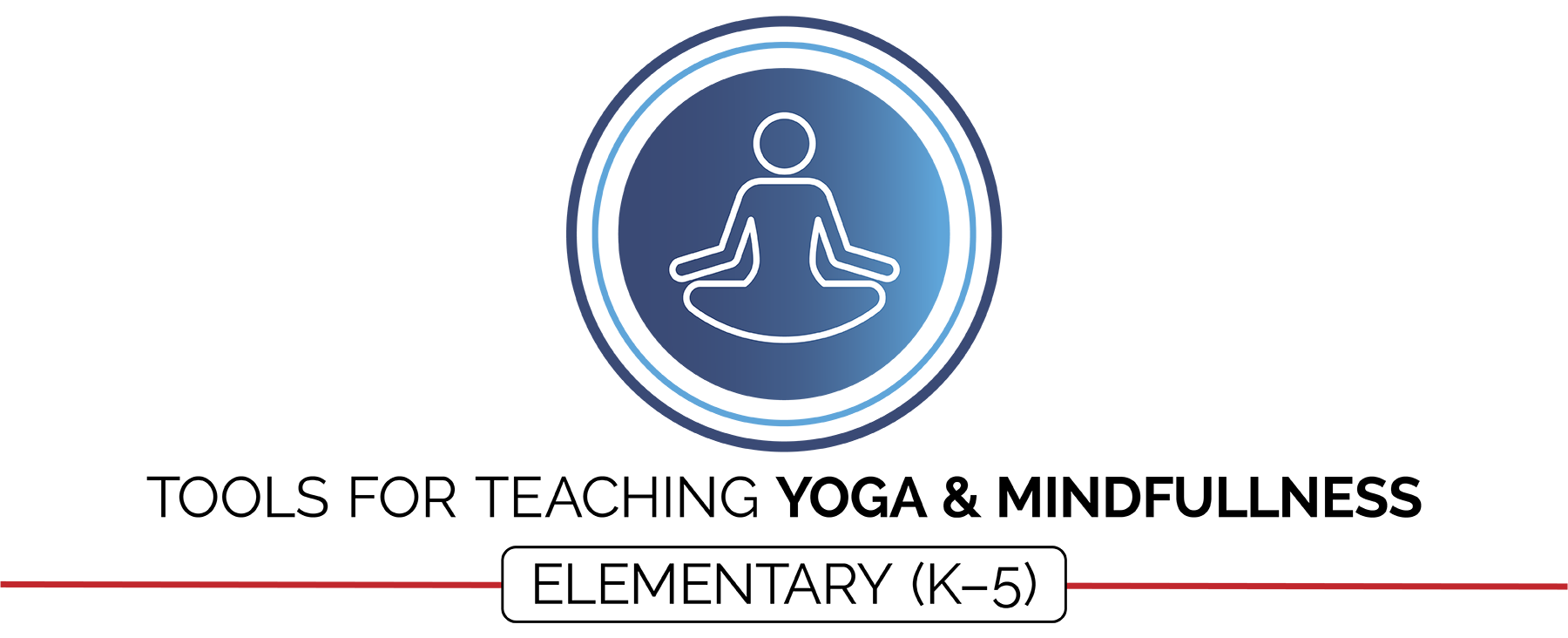Written By: Victoria Otto, Verneda Edwards, Megyn Taback, Daniel Hill, Rich Wiles
Special Contributions: Aaron Hart, Deedi Brown, Mike Martinez
Design and Illustrations: Jennifer Truong, James Boland, Aaron Hart
Every student can benefit from mindful movement and mental stillness. OPEN’s Yoga and Mindfulness module is designed to help your students experience the benefits of mindful practice and help them incorporate stress-reduction techniques into their every day lives.
Module Documents
Complete Module Packet:
Module Overview:
Required Materials:
All Module Activities:
Sample Lesson Plan:
Academic Language Cards:
Relaxation Mirror Task Cards:
Progressive Relaxation Script:
Brr...I Am Cold! Teacher Movement Card:
Thermometer Poster:
ABC Flash Cards:
Yoga Pose Cards:
Sun Salutation Full Sequence Cards:
Sun Salutation Peer Teaching Cards:
Site Word Cards:
Animal Flow Reference Cards:
Yoga Flow Reference Card:
Gruffalo Flow Reference Card:
Universal Design Adaptations:
Mindfulness
Relaxation Reflection:
Brr...I Am Cold:
Fast to Slow:
Yoga
Make Your Shape:
Flowing Movements:
Pass the Pose:
Sun Salutation:
Wordles:
Developing a Flow:
Meditation
Breathing Bags:
Relax and Reflect:
Meditation and Mindfulness Audio Files
Body Scan:
Breathe Why:
Emotions:
Focus:
Influence:
Mindful Listening:
Reflection:
Wonderful Things:
Assessments
Self-Assessment:
Holistic Performance Rubric:
Dual Holistic Performance Rubric:
Breathing Bags Exit Slip:
Relax & Reflect Exit Slip:
Teacher Evaluation
Teacher Self-Evaluation/Reflection Guide:
Can’t see the file links? Register for FREE today to access all of the modules. SIGN UP HERE
National Standards and Outcomes Focus for the OPEN 8 Challenge
Standard 1.Demonstrates competency in a variety of motor skills and movement patterns.
- Standard 1 [E7.K-3] Maintains momentary stillness on different bases of support (Ka); Forms wide, narrow, curled, and twisted body shapes (Kb); Maintains stillness on different bases of support with different body shapes (1); Balances on different bases of support, combining levels and shapes (2a); Balances in an inverted position with stillness and supportive base (2b); Balances on different bases of support, demonstrating muscle tension and extensions of free body parts (3).
- Standard 1 [E7.3 & 5] Balances on different bases of support, demonstrating muscle tension and extensions of free body parts (3); Combines balance and transferring weight in a gymnastics sequence or dance with a partner (5).
- Standard 1 [E10.K-2] Contrasts the actions of curling and stretching (K); Demonstrates twisting, curling, bending, and stretching actions (1); Differentiates among twisting, curling, bending, and stretching actions (2).
Standard 2.Applies knowledge of concepts, principles, strategies and tactics related to movement and performance.
- Standard 2 [E1.K,3,4b,5] Differentiates between movement in personal (selfspace) and general space (Ka); Recognizes the concept of open spaces in a movement context (3); Applies the concept of closing spaces in small-sided practice tasks (4b); Combines spatial concepts with locomotor and non-locomotor movements for small groups in gymnastics, dance, and games environments (5).
Standard 3.Demonstrates the knowledge and skills to achieve and maintain a health-enhancing level of physical activity and fitness.
- Standard 3 [E3. K-2]: Recognizes that when you move fast, your heart beats faster and you breathe faster.
- Standard 3 [E2.3-5]: Engages in the activities of physical education class without teacher prompting (3); Actively engages in the activities of physical education class, both teacher-directed and independent (4); Actively engages in all the activities of physical education (5).
Standard 4. Exhibits responsible personal and social behavior that respects self and others.
- Standard 4 [E1.K-5] Follows directions in group settings (e.g., safe behaviors, following rules, taking turns) (K); Accepts personal responsibility by using equipment and space appropriately (1); Practices skills with minimal teacher prompting (2); Exhibits personal responsibility in teacher-directed activities (3); Exhibits responsible behavior in independent group situations (4); Engages in physical activity with responsible interpersonal behavior (e.g., peer to peer, student to teacher, student to referee) (5).
Standard 5. Recognizes the value of physical activity for health, enjoyment, challenge, self-expression, and/or social interaction.
- Standard 5 [E1.K-5] Recognizes that physical activity is important for good health (K); Identifies physical activity as a component of good health (1); Recognizes the value of “good health balance” (2); Discusses the relationship between physical activity and good health (3); Examines the health benefits of participating in physical activity (4); Compares the health benefits of participating in selected physical activities (5).
- Standard 5 [E2.K-2] Acknowledges that some physical activities are challenging/difficult (K); Recognizes that challenge in physical activities can lead to success (1); Compares physical activities that bring confidence and challenge (2); Discusses the challenge that comes from learning a new physical activity (3); Rates the enjoyment of participating in challenging and mastered physical activities (4); Expresses (via written essay, visual art, creative dance) the enjoyment and/or challenge of participating in a favorite physical activity. (5).
- Standard 5 [E4.3-5] Describes the positive social interactions that come when engaged with others in physical activity (3); Describes/compares the positive social interactions when engaged in partner, small-group, and large-group physical activities (4); Describes the social benefits gained from participating in physical activity (e.g., recess, youth sport) (5).

